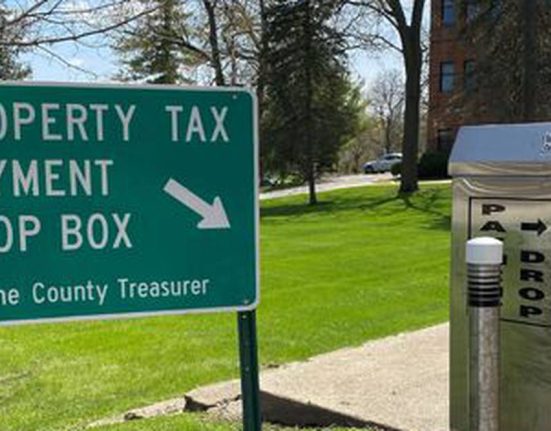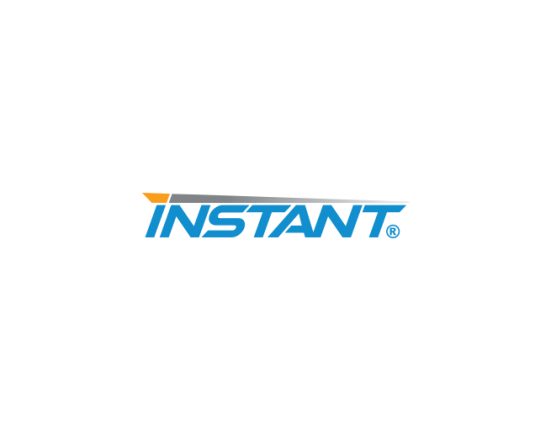Tax day is almost here, and, thanks to higher interest rates, many investors are finding they earned a lot more income from their portfolios in 2023—and now they owe the government a piece of it.
“That’s a good thing,” says Mary Ellen Stanek, co-chief investment officer at Baird Asset Management. “But it means investors need to re-evaluate the most tax-efficient way to organize their portfolio.”
BofA Securities’ research investment committee members suggest that investors perform an audit of their taxable income: Take a look at where that income was generated, and then look for areas where tax costs can be lowered. There are actually a lot of ways to attack the problem this year.
Here’s a five-step plan:
• Start with asset location. This somewhat esoteric term means considering the tax treatment of securities you own in taxable versus tax-deferred accounts, such as individual retirement accounts and 401(k)s. Since income is taxed at a top federal rate of 37% and capital gains at 20%, you should own equities in taxable accounts and bonds in tax-deferred accounts to maximize after-tax returns.
Advertisement – Scroll to Continue
Don’t overlook this strategy in a health savings account or a 529 college savings plan, says Jonathan I. Shenkman, chief investment officer at ParkBridge Wealth Management. Both have a potential triple-tax benefit for investors who qualify for a tax break when the money goes in, can watch the money grow tax-deferred over time, and then may not owe income taxes when the funds are eventually spent to cover relevant expenses.
Asset location doesn’t help much if you’re looking to generate income you can use to support your current lifestyle. But if you want to hold bonds long term as ballast against market volatility, a tax-deferred account is a good place to do so.
• Consider munis. The simplest way to reduce taxes owed on fixed-income investments held in taxable accounts is to move them to municipal bonds. Most munis are exempt from federal income tax, and local munis can be exempt from state and city tax.
Advertisement – Scroll to Continue
Here’s the rub: Munis aren’t a great deal relative to Treasuries right now. A high-quality 10-year muni earns on average only about 60% of the yield of a 10-year Treasury, so you have to be taxed at more than 40% to benefit on an after-tax basis. However, long-term munis have some appeal. A 30-year muni yields almost 90% of a 30-year Treasury, which would benefit most investors after tax.
“In many cases, you can create a barbell portfolio using longer-term munis and bring down risk and taxable income,” says Lyle Fitterer, who co-leads municipal bond investing at Baird. BofA strategists suggest high-yield munis, which yield as much as 9% on a tax-adjusted basis, as a solution to this conundrum.
• Look at additional tax-advantaged investments. We’re just going to scratch the surface, but there are many, very attractive options for tax-advantaged investing aside from munis. To start simple, Treasuries aren’t taxed at the state and local level. Savings bonds can be tax-free if used for certain purposes, like paying for education.
Advertisement – Scroll to Continue
There are tax advantages to preferred stock, master limited partnerships, muni closed-end funds, and dividend-paying stock funds. “Tax ideas abound if you know where to look,” write BofA strategists.
So-called alternative investments, or alts, can offer even more options to wealthy investors who qualify. For example, some private real estate funds take advantage of depreciation schedules for tax benefits, says Brett Hillard, CIO at GLASfunds, a platform for alt funds used by financial advisors. Opportunity-zone funds, which seek to encourage economic development, and affordable-housing funds also offer tax advantages. “Our tax code incentivizes certain behavior,” he says. “Smart people have identified investment strategies, and investors can provide capital.”
• Take advantage of tax-loss harvesting. Investors may think of tax-loss harvesting—selling an investment at a loss, which can be used to offset a capital gain in another investment—as mainly for equities, but it can be done with bonds, as well. These strategies are a lot easier and cheaper now due to advances in technology for managing separate portfolios of bonds for individuals. Given the interest-rate volatility of the past two years, they are increasingly popular.
“Investors are moving into a separately-managed-account format, where they can take advantage of the ability to harvest tax losses,” says Ben Barber, who leads municipal bond investing at Franklin Templeton. “It has been a very significant trend in the last couple of years that accelerated with 2022.”
• Weigh the wrapper. A hotly contested question now among investors is which format is better from a tax perspective—mutual funds, exchange-traded funds, or separately managed accounts? BofA strategists are clear in their view: “The average exchange-traded fund saves about one percentage point per year versus an identical mutual fund by avoiding taxable events.”
Advertisement – Scroll to Continue
But bond mutual funds have a good counterargument. “Most open-ended bond mutual funds now have these embedded tax-loss carryforwards, which should make them equally as tax-efficient as ETFs,” says Baird’s Fitterer. For example, he says, the
Baird Core Intermediate Municipal Bond
fund has about 21 cents per share of embedded capital-loss carryforwards now, when in the past eight years, it has distributed only about 12 cents per share of taxable gains.
That means capital gains won’t be an issue for this fund for a long time. See our table for a few examples of funds that get high marks from Morningstar and are also carrying very large tax losses that can be used to offset capital gains going forward.
Write to Amey Stone at amey.stone@barrons.com







